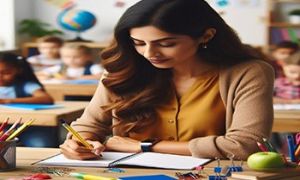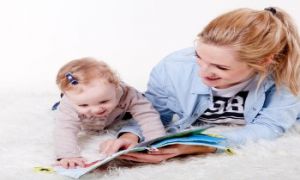In early childhood education, stories are more than entertainment; they’re vessels of culture, emotion, and connection. Aboriginal children’s books that explore water, wind, and nature offer rich opportunities to embed Indigenous perspectives, foster environmental awareness, and support holistic development. When paired with the 8 Aboriginal Ways of Learning and the EYLF, these stories become powerful tools for relational, symbolic, and experiential learning.
20 Aboriginal Children’s Books on Nature, Water, and Wind
| Title | Author | Theme |
|---|---|---|
| Big Rain Coming | Katrina Germein & Bronwyn Bancroft | Anticipation, weather, community |
| Thank You Rain! | Sally Morgan | Gratitude, water cycle |
| Tiddalick the Frog | Traditional | Water, greed, restoration |
| Warna-Manda Baby Earth Walk | Susan Betts | Connection to Country, nature |
| Backyard Birds | Helen Milroy | Native animals, observation |
| The Rainbow Serpent | Dick Roughsey | Creation, water, land |
| Big Fella Rain | Beryl Webber | Monsoon, landscape, renewal |
| The Emu Who Ran Through the Sky | Helen Milroy | Wind, movement, courage |
| The Lizard Gang | Kirra Somerville | Desert, teamwork, nature |
| The Lost Girl | Ambelin Kwaymullina | Bush, safety, intuition |
| Walking in Gagudju Country | Diane Lucas | Wetlands, seasonal change |
| Our Home, Our Heartbeat | Briggs | Identity, rhythm, land |
| Look See, Look at Me! | Leonie Norrington | Growth, environment |
| The Whale’s Song | Dyan Sheldon | Ocean, listening, mystery |
| Sea Country | Aunty Patsy Cameron | Coastal ecology, seasons |
| Respect | Aunty Fay Muir & Sue Lawson | Land, relationships |
| Come Together | Isaiah Firebrace | Unity, Country, nature |
| Welcome to Country | Aunty Joy Murphy | Protocol, land, belonging |
| Dreamers | Ezekiel Kwaymullina | Imagination, nature, spirit |
| My Country | Ezekiel & Sally Morgan | Landscape, pride, connection |
These stories naturally align with the 8 Aboriginal Ways of Learning, a pedagogy framework that supports culturally responsive practice:
Aboriginal Way |
Story Connection |
|---|---|
| Tell a story | All 20 books use narrative to convey values, emotions, and environmental wisdom |
| Make a plan | Stories like Tiddalick and The Lost Girl encourage problem-solving and reflection |
| Think and do | Books like Backyard Birds and Sea Country inspire observation and action |
| Draw it | Visual storytelling in Respect and The Rainbow Serpent supports symbolic learning |
| Take it outside | Walking in Gagudju Country and Warna-Manda invite land-based exploration |
| Try a new way | The Emu Who Ran Through the Sky models resilience and creative thinking |
| Watch first, then do | Big Rain Coming and Big Fella Rain teach seasonal awareness and patience |
| Share it with others | Come Together and Our Home, Our Heartbeat foster collective identity and pride |
EYLF Connections
These stories support multiple EYLF Learning Outcomes:
-
Outcome 1: Children have a strong sense of identity
Stories like My Country and Welcome to Country affirm cultural belonging and pride. -
Outcome 2: Children are connected with and contribute to their world
Books such as Sea Country and The Rainbow Serpent deepen ecological awareness and respect for land. -
Outcome 3: Children have a strong sense of well-being.
The Lost Girl and Thank You Rain! promote emotional safety and gratitude. -
Outcome 4: Children are confident and involved learners
Backyard Birds and Walking in Gagudju Country encourage curiosity and inquiry. -
Outcome 5: Children are effective communicators
Respect and Come Together model relational language and shared understanding.
Practical Integration for Educators
To embed these stories meaningfully:
- Create velcro-backed story maps for children to retell narratives using symbolic pieces
- Use visual planners that link story themes to seasonal changes and outdoor play
- Develop modular documentation tools that track emotional responses, nature observations, and cultural reflections
- Pair stories with art, movement, and sensory activities that reflect the 8 Ways and EYLF outcomes
Further Reading
Top 10 Popular Indigenous Australian Books for Young Children
Strategies To Include Aboriginal and Torres Strait Islander Perspectives Into The Learning Environment
8 Aboriginal Ways Of Learning
Free Resource Of Books For Children By And About Aboriginal and Torres Strait Islander Peoples


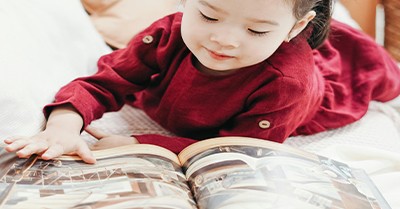
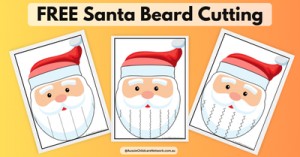
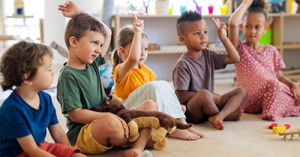
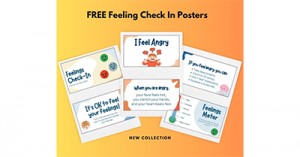
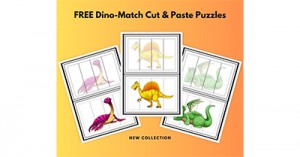
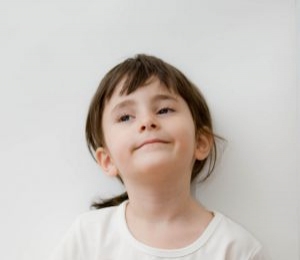 Open ended questions cannot be responded to with one word answers such as yes or no. These types of questions enables a child to provide
Open ended questions cannot be responded to with one word answers such as yes or no. These types of questions enables a child to provide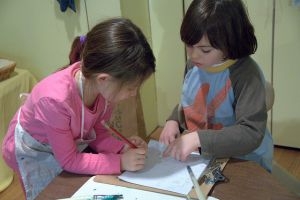 During your child’s preschool years, an important milestone begins to emerge. This is the development of pre-writing skills. Pre-writing skills are used to encourage, develop
During your child’s preschool years, an important milestone begins to emerge. This is the development of pre-writing skills. Pre-writing skills are used to encourage, develop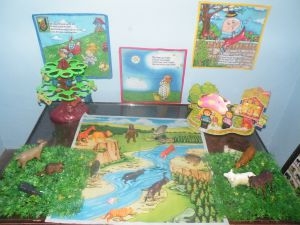 Open ended materials enables children to play freely. They are objects that have no rules to follow, use or function. Raw materials that can be
Open ended materials enables children to play freely. They are objects that have no rules to follow, use or function. Raw materials that can be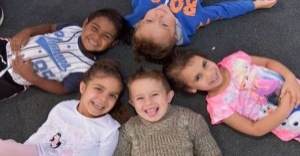 An Acknowledgment of the Country is a way of showing respect for the Traditional Owners and can be given by both non-Indigenous people and Aboriginal
An Acknowledgment of the Country is a way of showing respect for the Traditional Owners and can be given by both non-Indigenous people and Aboriginal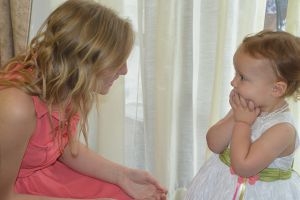 Language plays an important role in a child’s development. It enables a child to communicate effectively with their family, learn at school, socialize with friends,
Language plays an important role in a child’s development. It enables a child to communicate effectively with their family, learn at school, socialize with friends,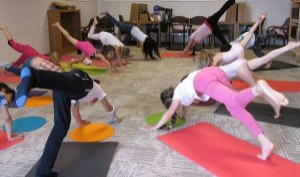 Like adults, children have to deal with their own stress in life. Moving house, starting a new school, preparing for a new sibling - these are
Like adults, children have to deal with their own stress in life. Moving house, starting a new school, preparing for a new sibling - these are Playdough is such a versatile material. It provides numerous benefits to children as they manipulate it, it is safe and soothing and provides children with
Playdough is such a versatile material. It provides numerous benefits to children as they manipulate it, it is safe and soothing and provides children with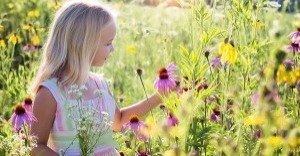 Teaching children about sustainability enables them to appreciate and respect the natural environment. Early childhood services can provide meaningful hand on learning experiences in order
Teaching children about sustainability enables them to appreciate and respect the natural environment. Early childhood services can provide meaningful hand on learning experiences in order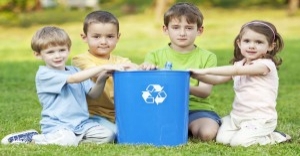 Recycling is an important concept that teaches children to care for the environment. It encourages children to be responsible and show a growing appreciating for
Recycling is an important concept that teaches children to care for the environment. It encourages children to be responsible and show a growing appreciating for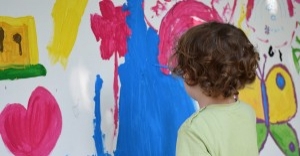 When children apply paint to paper, glue things together, or pound a lump of clay, they experiment with colour, shape design and texture.
When children apply paint to paper, glue things together, or pound a lump of clay, they experiment with colour, shape design and texture.

